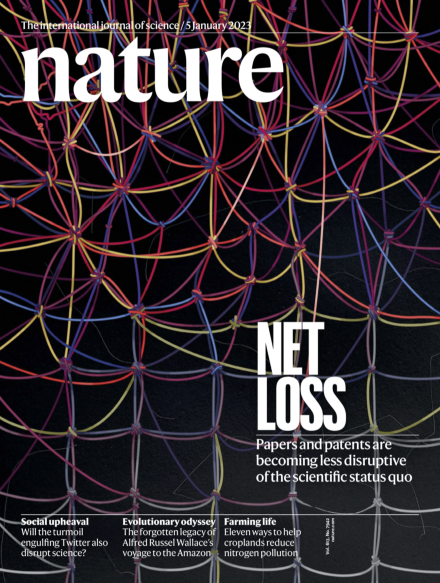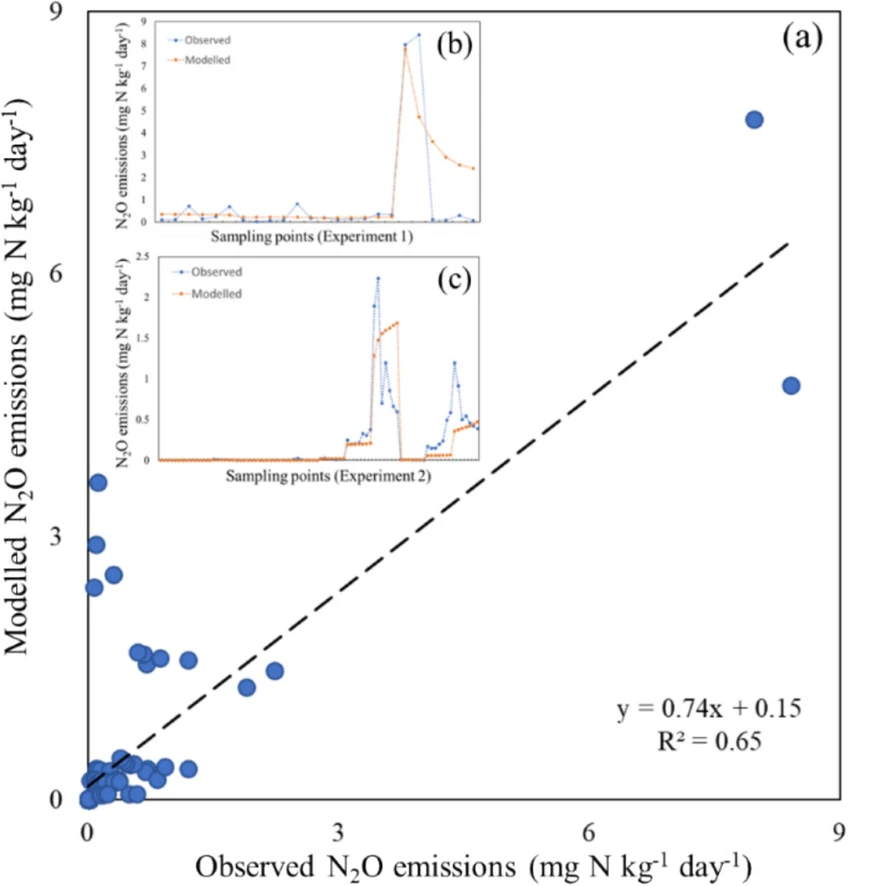Cost-effective mitigation of nitrogen pollution from global croplands
Gu, B., Zhang, et al. 2023 “Cost-effective mitigation of nitrogen pollution from global croplands. ” Nature, 613(7942), 77–84. DOI: 10.1038/s41586-022-05481-8
Cropland is a main source of global nitrogen pollution1,2. Mitigating nitrogen pollution from global croplands is a grand challenge because of the nature of non-point-source pollution from millions of farms and the constraints to implementing pollution-reduction measures, such as lack of financial resources and limited nitrogen-management knowledge of farmers3. Here we synthesize 1,521 field observations worldwide and identify 11 key measures that can reduce nitrogen losses from croplands to air and water by 30–70%, while increasing crop yield and nitrogen use efficiency (NUE) by 10–30% and 10–80%, respectively. Overall, adoption of this package of measures on global croplands would allow the production of 17 ± 3 Tg (1012 g) more crop nitrogen (20% increase) with 22 ± 4 Tg less nitrogen fertilizer used (21% reduction) and 26 ± 5 Tg less nitrogen pollution (32% reduction) to the environment for the considered base year of 2015. These changes could gain a global societal benefit of 476 ± 123 billion US dollars (USD) for food supply, human health, ecosystems and climate, with net mitigation costs of only 19 ± 5 billion USD, of which 15 ± 4 billion USD fertilizer saving offsets 44% of the gross mitigation cost. To mitigate nitrogen pollution from croplands in the future, innovative policies such as a nitrogen credit system (NCS) could be implemented to select, incentivize and, where necessary, subsidize the adoption of these measures.




